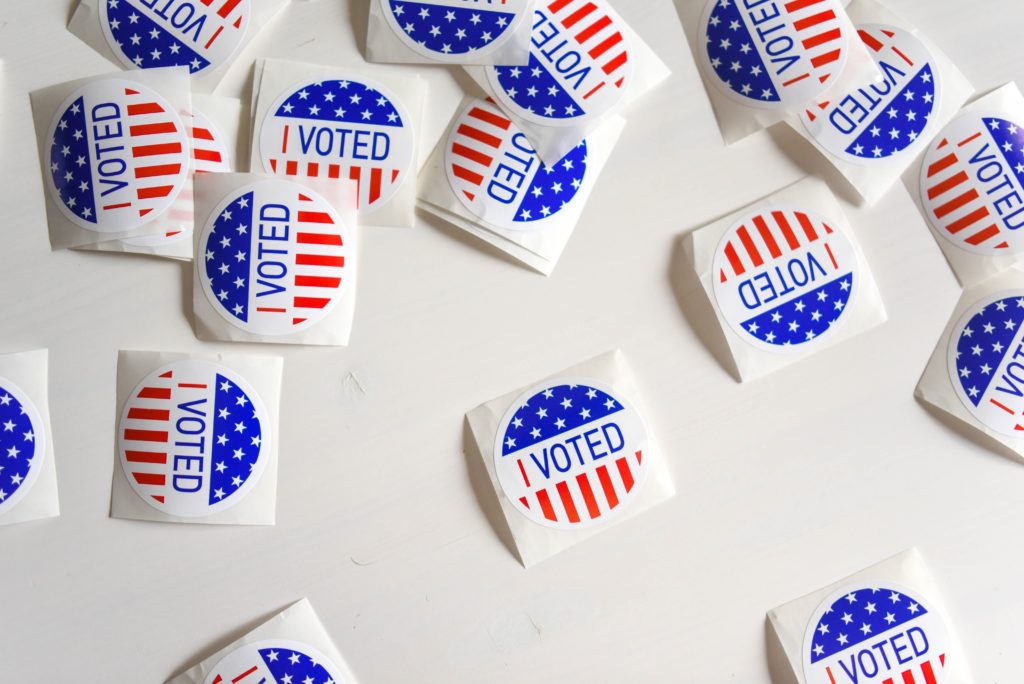As the 2022 election grows closer, political advertisers are optimizing their campaign strategies. At almost 80 million strong, multicultural voters represent a third of constituents in the upcoming 2022 election. This is their largest share ever in eligible voters that can have a major influence in the upcoming election results. Winning the multicultural vote is crucial in many communities and states – but reaching multicultural voters can be a challenge. As we’ve detailed in a previous post, your general market advertising strategy is likely missing the mark when it comes to reaching multicultural audiences. We have over three decades of experience reaching these voters and we have a secret to share: the power of print in political advertising.

Traditional Media in a Digital Era
The marketing industry has increasingly leaned towards digital advertising, and the number of digital channels to promote your message seem to grow by the day. And digital advertising has its advantages. People spend a lot of time in front of screens, and device-tracking and social profiling capabilities allow for highly personalized ad targeting.
But traditional media and print advertising have an advantage. The world of digital advertising is loud. The average voter is inundated with between 4,000 and 10,000 advertisements per day, everywhere from their email inbox to their Facebook feed. People are so accustomed to this digital advertising noise that it can make these advertisements easy to ignore.
Print advertising cuts through the digital noise. The written word conveys a certain level of significance that rises above an overwhelming number of digital messages. Leading us to our next point…
Multicultural Voters Trust Print Advertising
Our research shows that not only does traditional media and print advertising cut through digital noise—Multicultural audiences are 29% more likely to completely trust multicultural print media over general market media as news sources. According to the latest Refuel Agency Multicultural Explorer, almost 3 of 5 (57%) of the Multicultural population read multicultural newspapers. And they are 55% more likely to read multicultural newspapers than the general population is to read general market newspapers.
Hispanic voters are a group with strong trust in print media. Additional data from the Multicultural Explorer found 52% of Hispanics read Spanish language publications and they are 49% more likely to read Spanish-language print media than general market print.
Time and time again we found that print media conveys a certain permanence, significant, and trustworthiness that is important to multicultural audience.

And print advertising especially garners trust as issues have risen with political advertising on social media, as we saw the effects of targeted, unchecked political advertisements in previous elections. As a whole, social media is exempt from the Federal Election Commission laws that prevent broadcasters from selectively airing one political advertisement over another.
In a “fake news” political advertising climate, print advertising conveys accuracy and legitimacy.
Read next: Reaching Hispanic Voters in 2022
Print Advertising Influences Different Generations—for Different Reasons
Print advertising successfully persuades both older and younger generations of voters—but for different reasons.
For older generations, print advertising is the standard. Older generations are 19% more likely than younger generations to trust print media over every other kind of media, and 54% of older generations agree that print media keeps them informed and up-to-date. You can count on older generations to pay attention to print—they always have.

Younger multicultural audiences, however, are persuaded by print for different reasons. As digital natives, Gen Zers and younger Millennials are accustomed to being advertised to on every digital platform they use. And because Gen Z’s profiles online have always been an extension of who they are, they feel that digital ads are intruding on a personal space. So Gen Z is influenced by print, because they feel that print is less stressful. Off-screen advertising feels less personal, and therefore less intrusive to them.
For your custom multicultural political advertising strategy, contact us today.




